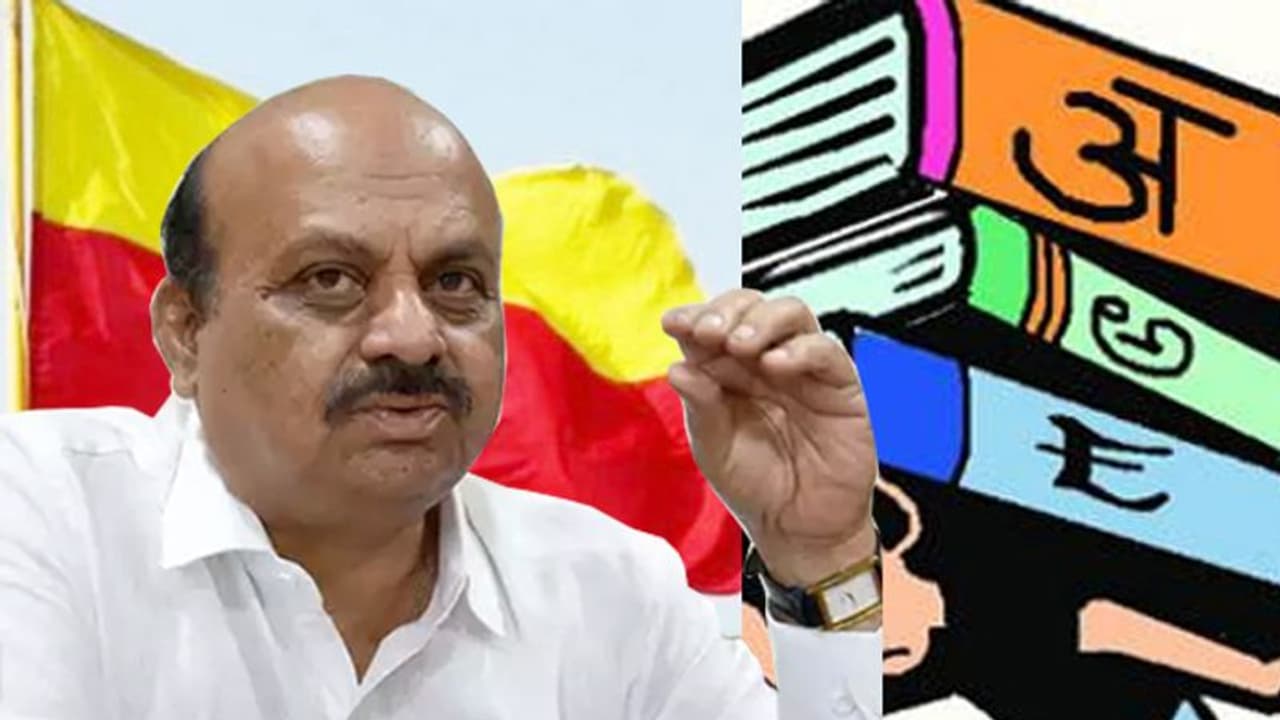Karnataka home minister Basavaraj Bommai has said that the state would stick to the three-language policy
Bengaluru: Union minister Amit Shah’s exhortation to make Hindi the common language in India has given rise to a lot of debates and discussions.
In Karnataka too, many pro-Kannada activists have openly expressed their fury over Hindi getting more priority compared to Kannada.
Sensing danger, chief minister BS Yediyurappa even gave a clarification that Kannada and its interests would not be compromised with. Now, Karnataka home minister Basavaraj Bommai has come out in the open and said they would stick to the 3-language formula.
He said to ANI, “We have already agreed for three-language formula. Now, all the regional languages are already established in their places and there is no compromise in that. It is very much clear and now there has to be some media of communication. We stick to the three-language formula.”
What is the three-language formula?
In 1968, the three-language formula for learning was put in place by the ministry of education of the Government of India, after consultations with the states. The formula as enunciated in the 1968 National Policy Resolution provided for the study of Hindi, English and modern Indian language (preferably one of the southern languages) in the Hindi speaking states and Hindi, English and a regional language in the non-Hindi speaking States.
The formula was adopted after several states like Andhra Pradesh, Karnataka and Tamil Nadu felt their languages were being related.
Coming back to the issue of Amit Shah’s exhortation, several leaders cutting across party lines have condemned it saying that regional languages must be given their due.
Mamata Banerjee, chief minister of West Bengal, former Karnataka chief ministers HD Kumaraswamy and Siddaramaiah, DMK president Stalin and actor Kamal Haasan all joined the chorus and warned Amit Shah of massive protests if Hindi would be imposed in the southern states.
Incidentally, a viral video of former Union financial minister P Chidambaram in which he is promoting the usage of Hindi language is going around.
